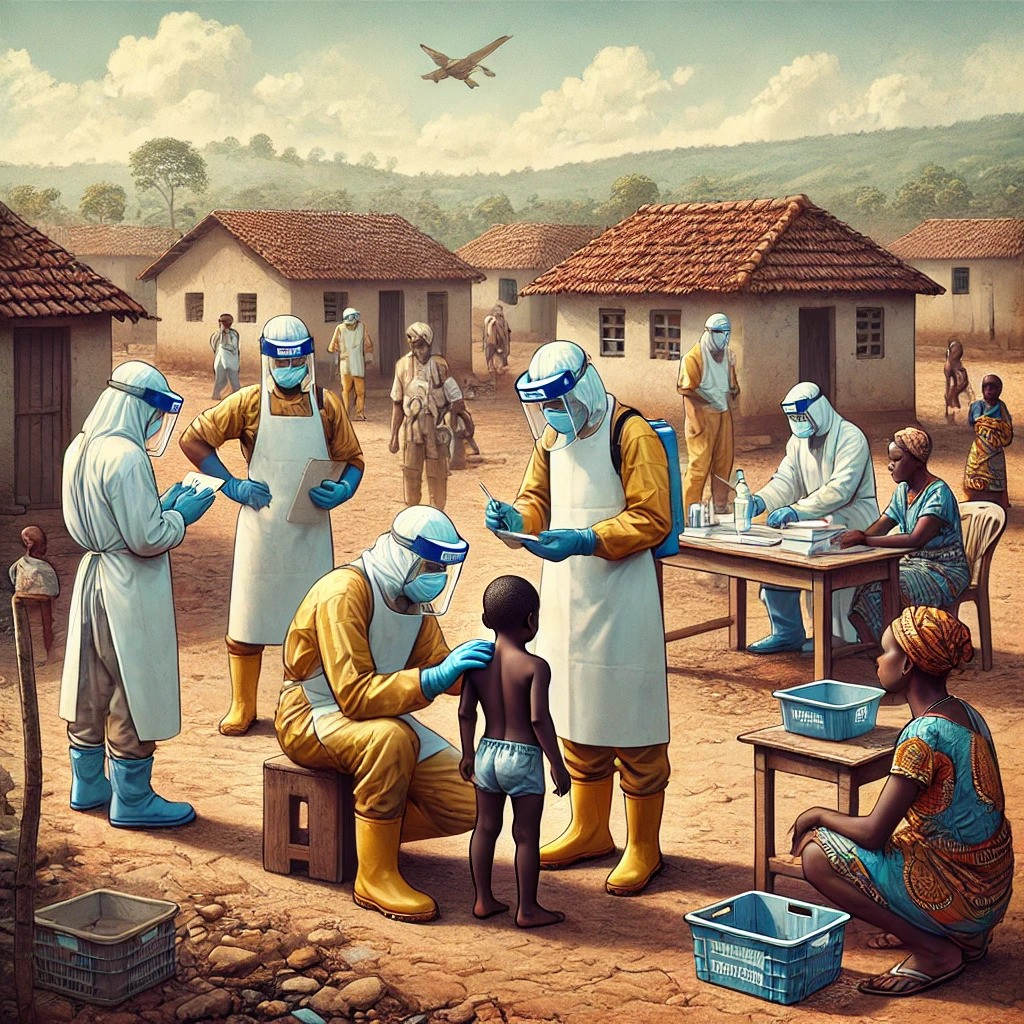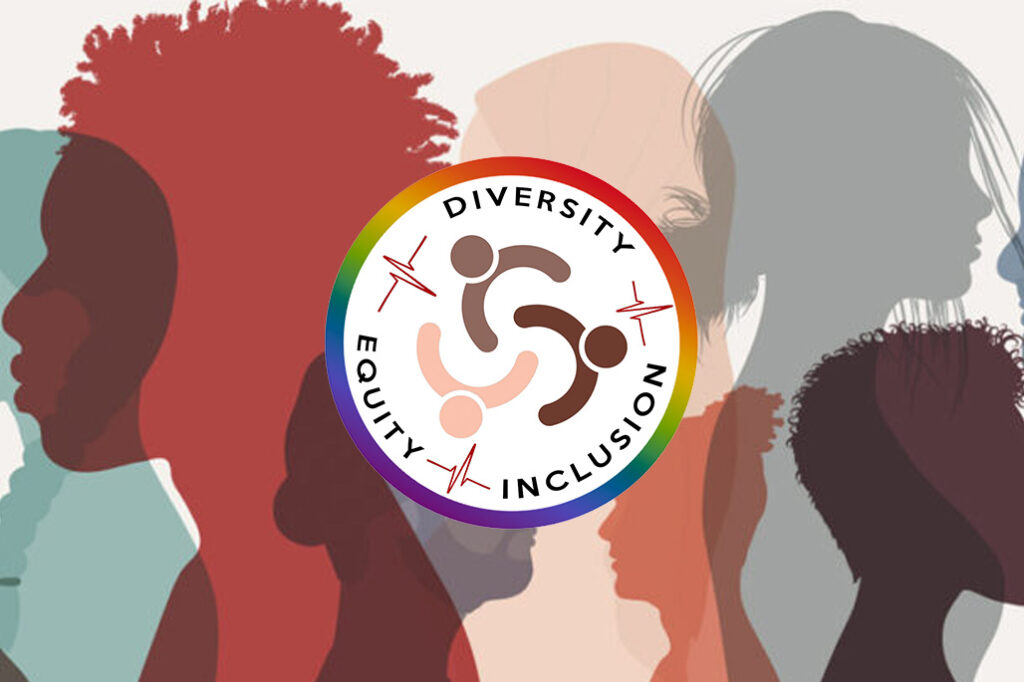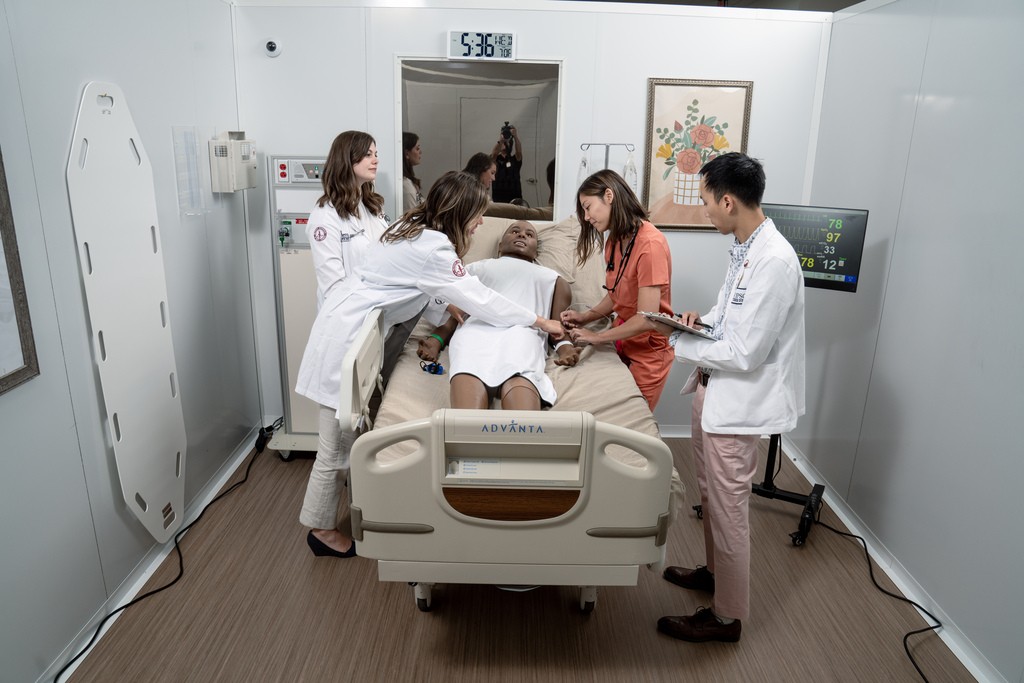
Clinical Education Department
The field of clinical education in medical education is rapidly evolving, embracing innovative approaches to equip medical students with the skills necessary for the ever-changing world of healthcare. One pioneering team has significantly impacted how medical students transition from academic learning to hands-on clinical practice. In a recent interview with COMP-NW Director of Clinical Curriculum, Sarah Wolff, DO, insights were shared regarding the integration of hands-on procedural training, innovative teaching methods, and the critical role of clinical education in preparing students for residency.
Clinical Education’s Role in Medical Training
Clinical education is a vital component of medical training, especially in the latter half of a medical student’s journey. At COMP & COMP-NW, clinical education is meticulously designed to transition students from theoretical learning to patient care. The final two years of medical school are structured to ensure students are exposed to diverse clinical environments through rotations and innovative longitudinal threads. These threads—spanning topics such as Diversity, Equity, and Inclusion (DEI) and communication skills—provide students with essential, consistent learning experiences across their rotations.
It is emphasized that while the foundational medical knowledge gained in the first two years of schooling is crucial, it is in the third and fourth years where students “put the puzzle pieces together” and begin applying that knowledge directly to patient care. This emphasis on clinical education ensures that students not only understand the intricacies of medicine but also how to execute it in real-world scenarios.
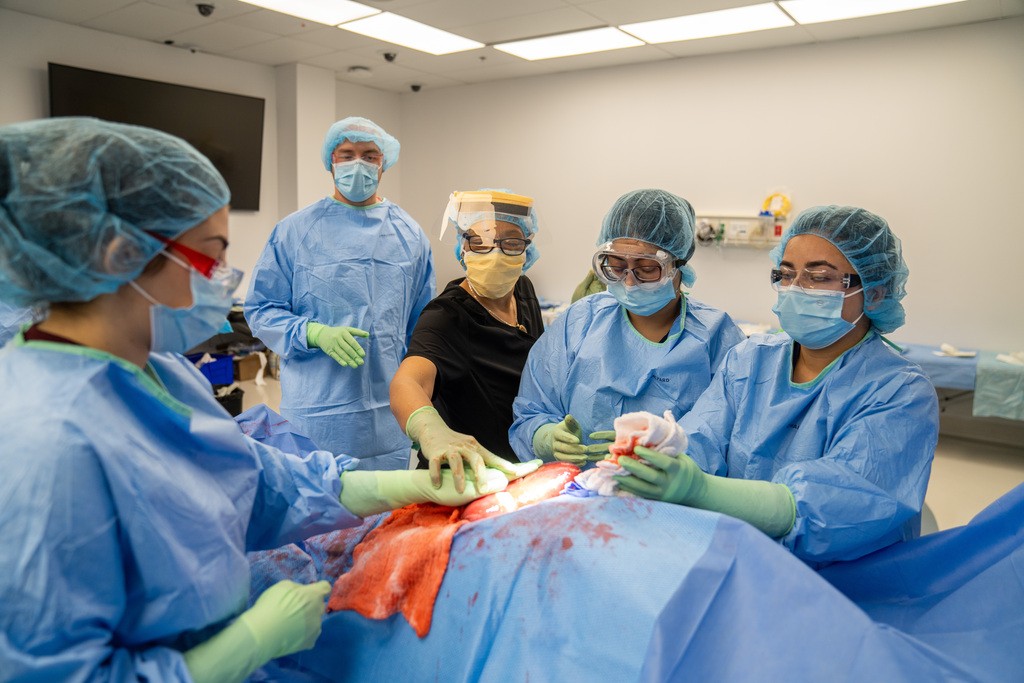
Hands-On Procedural Training: Enhancing Competence and Confidence
One of the hallmarks of the clinical education program is its emphasis on hands-on procedural training. The program advocates for the use of simulation as a critical tool in building student competence. By integrating simulators and allowing students to practice procedures in a safe, controlled environment, students gain confidence before transitioning to real patient care. In this setting, students can make mistakes, ask questions, and receive real-time feedback without the pressure of patient outcomes.
By the time students are at the bedside, they’ve had the opportunity to practice and fail safely, emphasizing the importance of creating a learning environment where students can grow. This approach follows the well-known ‘see one, do one, teach one’ methodology, where students progressively build their skills under supervision before stepping into real patient care.
ICE Week: A Redesign for Success
The dedication to enhancing clinical education is perhaps best exemplified by the redesign of the Intro to Clinical Education (ICE) Week. This immersive experience marks the transition from pre-clinical to clinical education for COMP & COMP-NW medical students. During ICE Week, students participate in hands-on activities that simulate real-world scenarios, such as delivering bad news, managing oxygen requirements, and making clinical decisions based on medical criteria. The week culminates in students performing hospital rounds with standardized patients, practicing their oral presentation skills with attending physicians, and receiving feedback that helps refine their abilities.
The program has been a hit with students, many of whom describe ICE Week as one of the best experiences in their medical school journey. Its success is credited to the hands-on, non-graded nature of the week, where students can focus solely on their learning without the pressure of performance-based assessments.
Innovation in Education: Toxicology Escape Rooms
Innovation in clinical education doesn’t stop at hands-on procedural training. The team has explored novel ways to deliver critical information in an engaging format, including the use of toxicology-themed escape rooms during conference week. This initiative blends learning with problem-solving, requiring students to utilize their knowledge in real-time to diagnose and treat simulated medical emergencies.
Working with an alumnus who is an ER physician, the team designed an escape room experience that challenges students to look up information, apply their understanding, and figure out what toxins are causing simulated illnesses. The escape room not only reinforces critical toxicology knowledge but also fosters teamwork and the ability to think under pressure.
“Students are really put to the test,” Dr. Wolff explains, “They have to look up information and apply it in different situations to figure out what’s causing the illness. It’s a fun but challenging way to reinforce their learning in a highly interactive setting.”
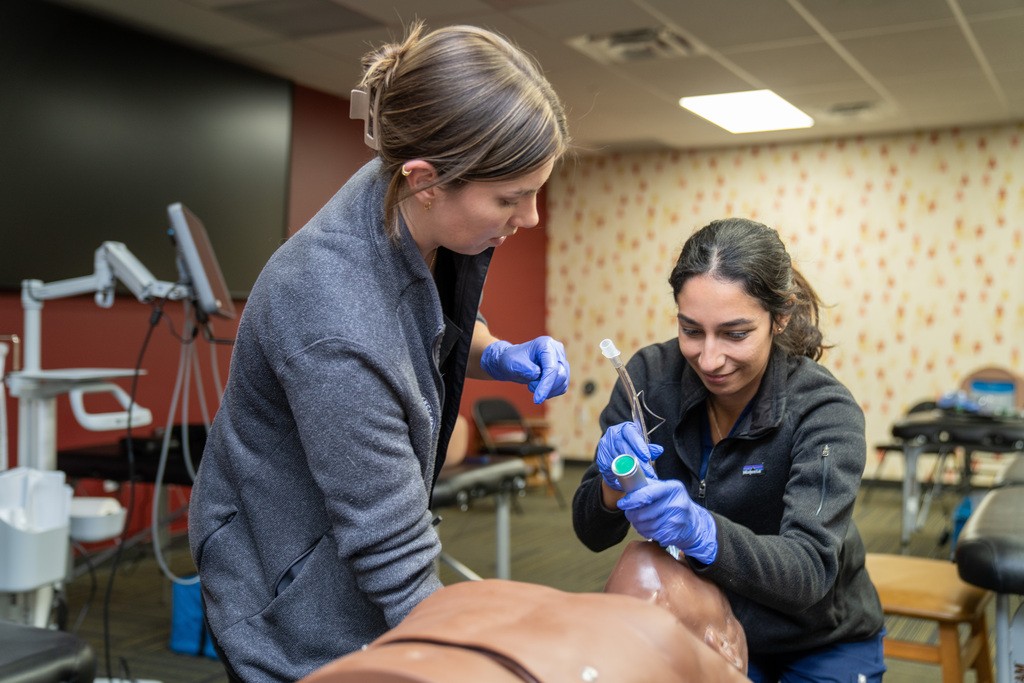
The Power of Feedback in Clinical Education
Feedback is central to the approach in clinical education. By actively seeking feedback from students from ICE Week and conference week activities, such as the escape room, the program continuously refines its structure to meet their evolving needs. This iterative approach ensures that the training is relevant, timely, and delivered in a way that resonates with students. For instance, after noticing that students struggled with presenting patients on the second day of hospitalization, a preparatory workshop was introduced before the hospital rounds, which has since improved student performance.
In addition to student feedback, collaboration with residency programs helps gauge how well students transition into clinical teams. This partnership allows tracking of outcomes and adjusting the program, accordingly, ensuring students are not only knowledgeable but also adept at integrating their skills in a high-pressure, team-based environment.
Preparing for Residency: Challenges and Future Directions
While COMP & COMP-NW’s clinical education program is making strides, preparing students for residency remains an area for continued growth. One of the challenges observed is the generational gap in expectations surrounding work-life balance and professionalism. Residency programs, with their rigorous demands, often require long hours and weekend shifts—realities that may conflict with the expectations of newer generations of medical professionals. Setting realistic expectations during the clinical years is essential to preparing students for the demands of residency.
Looking to the future, the team is eager to develop a more structured residency preparedness curriculum, focusing on practical competencies such as spontaneous vaginal deliveries and venipuncture. These skills, it is argued, should be a baseline for every medical student before entering their fourth year.
A Vision for the Future
At the heart of COMP & COMP-NW’s Clinical Education Department is their passion for innovation and improvement. Whether through applying adult learning theory, integrating reflection as a core learning tool, or collaborating with other departments to provide cohesive, interdisciplinary education, the department remains committed to ensuring that medical education evolves to meet the needs of tomorrow’s healthcare professionals.
The clinical education program and team are leaders in preparing students for the realities of residency and beyond. Their work is a testament to the power of hands-on training, feedback-driven program development, and a forward-thinking approach to medical education.

